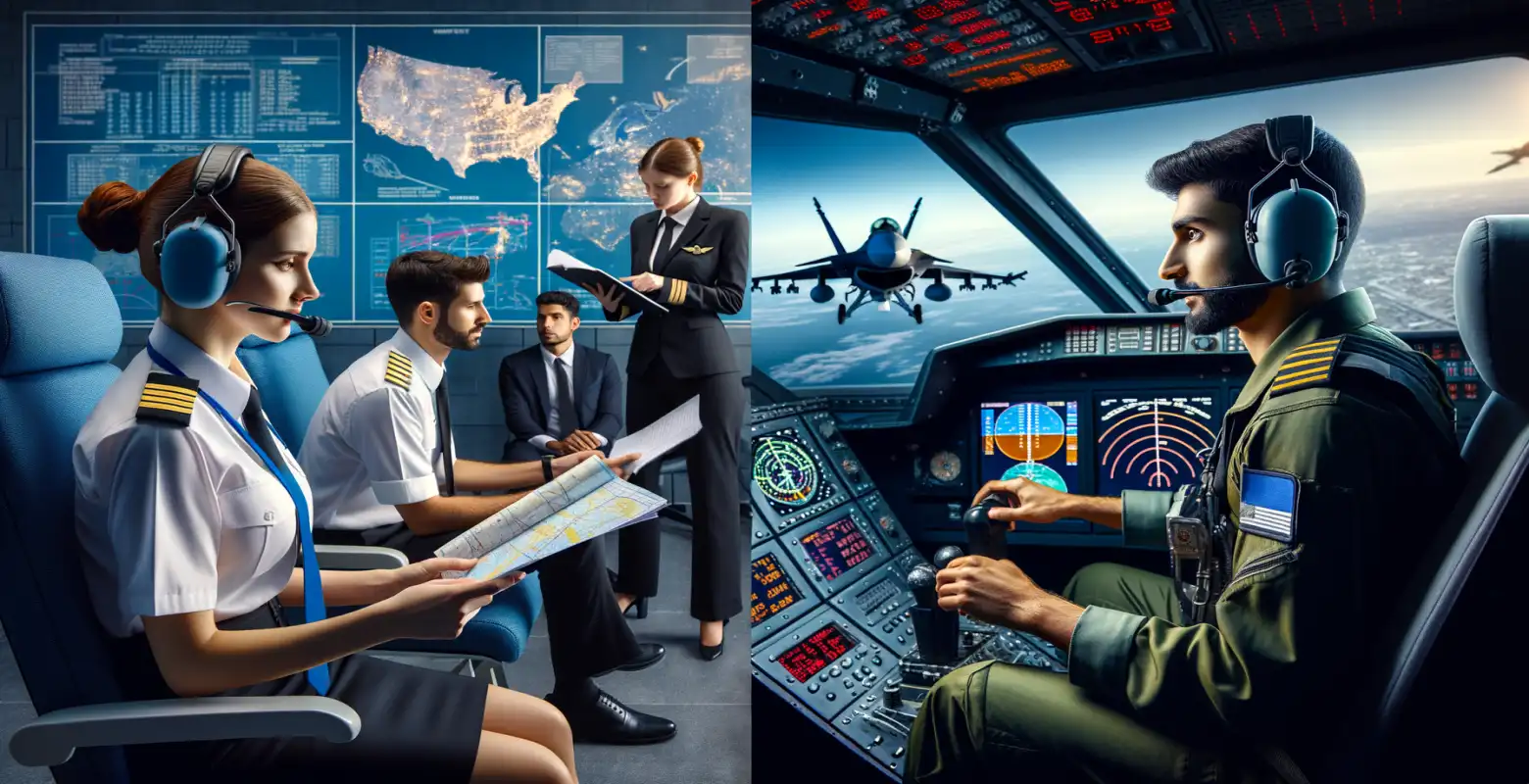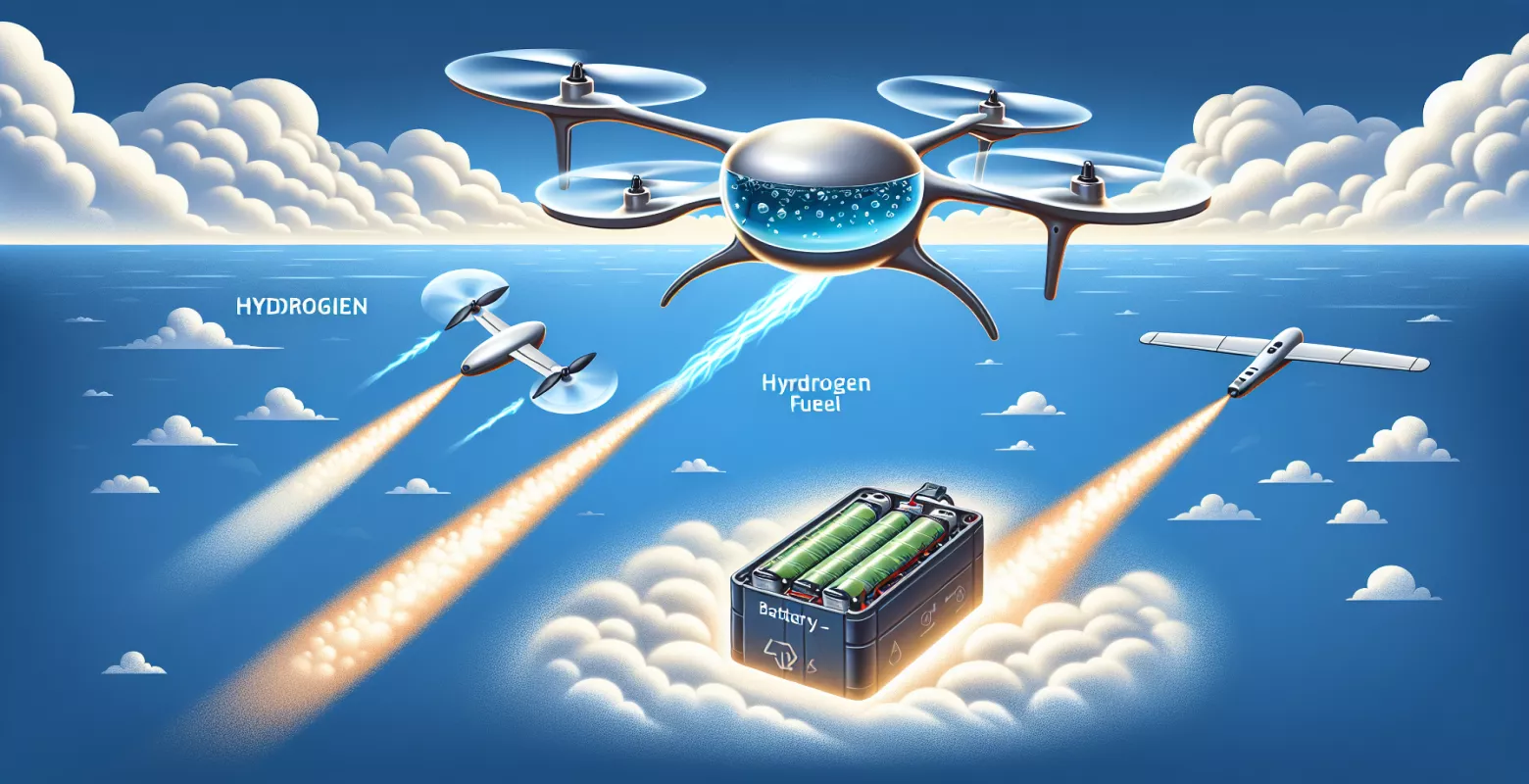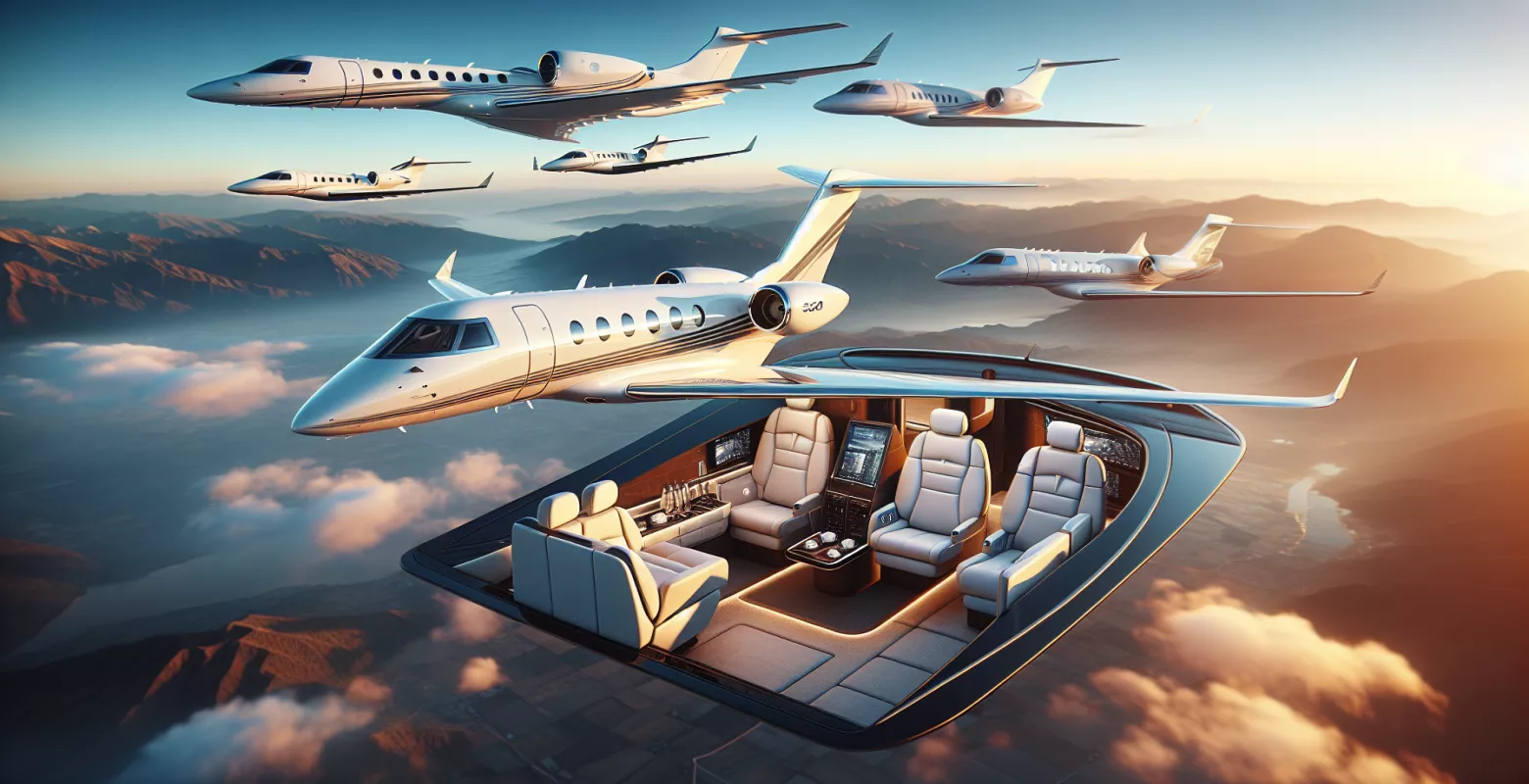What are the differences in training between commercial airline pilots and military pilots?
Introduction
Pilot training is a complex and demanding process that varies depending on the type of aircraft they will be operating. Piloting passenger and military aircraft requires a different approach due to the variety of tasks that these machines can perform. Understanding these differences is crucial for both future pilots and those interested in aviation. In this article, we will examine the key aspects of pilot training in both categories and the necessary skills and knowledge required in each.
Basic Differences in Training
Training for passenger aircraft pilots focuses on ensuring flight safety and passenger comfort. It typically involves learning to operate large commercial aircraft and manage onboard systems. On the other hand, training for military pilots emphasizes flexibility and combat capabilities. Military pilots must be prepared to carry out tasks in combat conditions, which requires mastering air combat techniques and the ability to react quickly to dynamically changing situations.
Theoretical Aspects of Training
Theoretical training for civilian pilots includes learning the principles of aerodynamics, meteorology, navigation, and aviation law. Detailed knowledge of avionics systems and operational procedures is essential to safely transport passengers over long distances. Emphasis is placed on emergency procedures and crisis management.
Military pilots undergo intensive theoretical training, which also covers these aspects but additionally they must master the principles of electronic warfare, combat tactics, and mission strategy. Knowledge of different types of weapons and their application in various combat scenarios is crucial.
Practical Aspects of Training
Practical training for civilian pilots typically begins with small training aircraft and then progresses to simulators and passenger aircraft such as Boeing or Airbus. Pilots learn take-off and landing procedures, as well as how to manage long flights and passenger handling.
Practical training for military pilots is much more diverse and intense. It includes formation flights, combat maneuvers, terrain recognition, and night operations. Training in simulators is equally important, but military pilots also spend a lot of time on ranges, carrying out simulated combat missions.
Flight Simulators and Their Role in Training
Flight simulators play a crucial role in training both civilian and military pilots. Simulators for civil aviation are advanced devices that faithfully replicate the pilot's cockpit and flight conditions. They allow for conducting multiple scenarios, including emergency situations, in a controlled environment.
Military simulators are even more complex because they must replicate diverse combat scenarios, including the use of weapons and interactions with other units. They enable pilots to develop skills in conducting combat missions without the risks associated with actual flights.
Role of Mentors and Instructors
In both civilian and military aviation, instructors play a key role in the training process. Civilian instructors focus on teaching operational procedures, navigation techniques, and flight safety. Their task is to prepare pilots for work in airlines, where passenger comfort and safety are a priority.
Military instructors are tasked with preparing pilots to operate in extreme combat conditions. They must not only teach piloting techniques but also military strategies and stress management in combat situations. Mentoring is often used in the military, where experienced pilots pass on their knowledge to younger colleagues.
Challenges in Pilot Training
One of the main challenges for civil aviation is maintaining a high level of safety and adapting to rapidly changing regulations and technologies. With the increasing number of commercial flights, training must be continuously updated and adjusted to new requirements.
In military aviation, the challenge is to prepare pilots for operations in various armed conflicts, which may require specific skills and knowledge. Changing military technologies and the development of new combat strategies also necessitate continuous improvement of training programs.
Future of Pilot Training
Simulation technologies and virtual reality will play an increasingly important role in training both civilian and military pilots. This will allow for even more realistic replication of diverse scenarios, thereby increasing training effectiveness.
In civil aviation, the development of autonomous aircraft and artificial intelligence may impact changes in pilot training methods, shifting the focus more towards managing systems than traditional piloting techniques.
In military aviation, the development of drones and new weapon technologies will require pilots to master new skills and strategies. Training will also need to consider the growing threats related to cybersecurity.
Summary
Training for passenger and military aircraft pilots differs significantly due to different requirements and operational goals. Both types of training are extremely complex and require advanced technologies and experienced instructors. Understanding these differences is crucial for the further development of aviation and ensuring safety in both air traffic and military operations. In the future, new technologies and changing needs will shape training programs, which is essential for the continuous development of the aviation industry.







Number of comments: 0